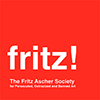Modern Art
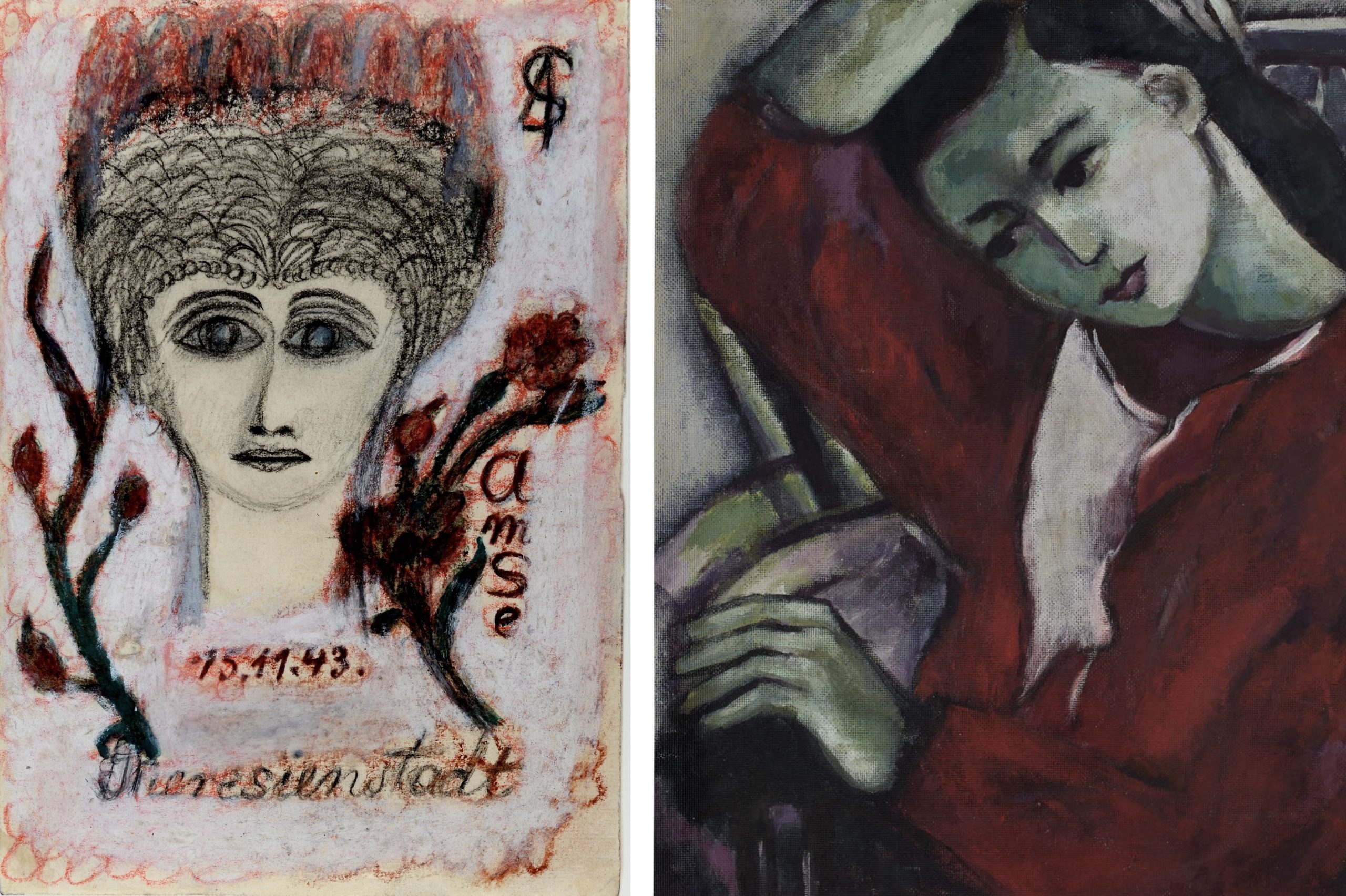
Back into the Light.
Four Women Artists – Their Works. Their Paths.
Lecture by Eva Atlan, PhD, Frankfurt (Germany)
ONLINE
VA, United States
Erna Pinner, Rosy Lilienfeld, Amalie Seckbach, and Ruth Cahn were among the first women artists in Frankfurt to enjoy professional success. Throughout the Roaring Twenties, these four Jewish women left their mark on Frankfurt’s art scene, published and exhibited internationally, cultivated a cosmopolitan lifestyle, and competed with their male colleagues. When the National Socialists seized power, their careers came to an abrupt end. From then on, they were persecuted as Jews and their works ostracized; later, after the end of World War II, they were largely forgotten. Now, “Back into the Light” is at long last bringing them back to the public eye. The departure point is an article by art historian Sascha Schwabacher, published May 1935 [...]
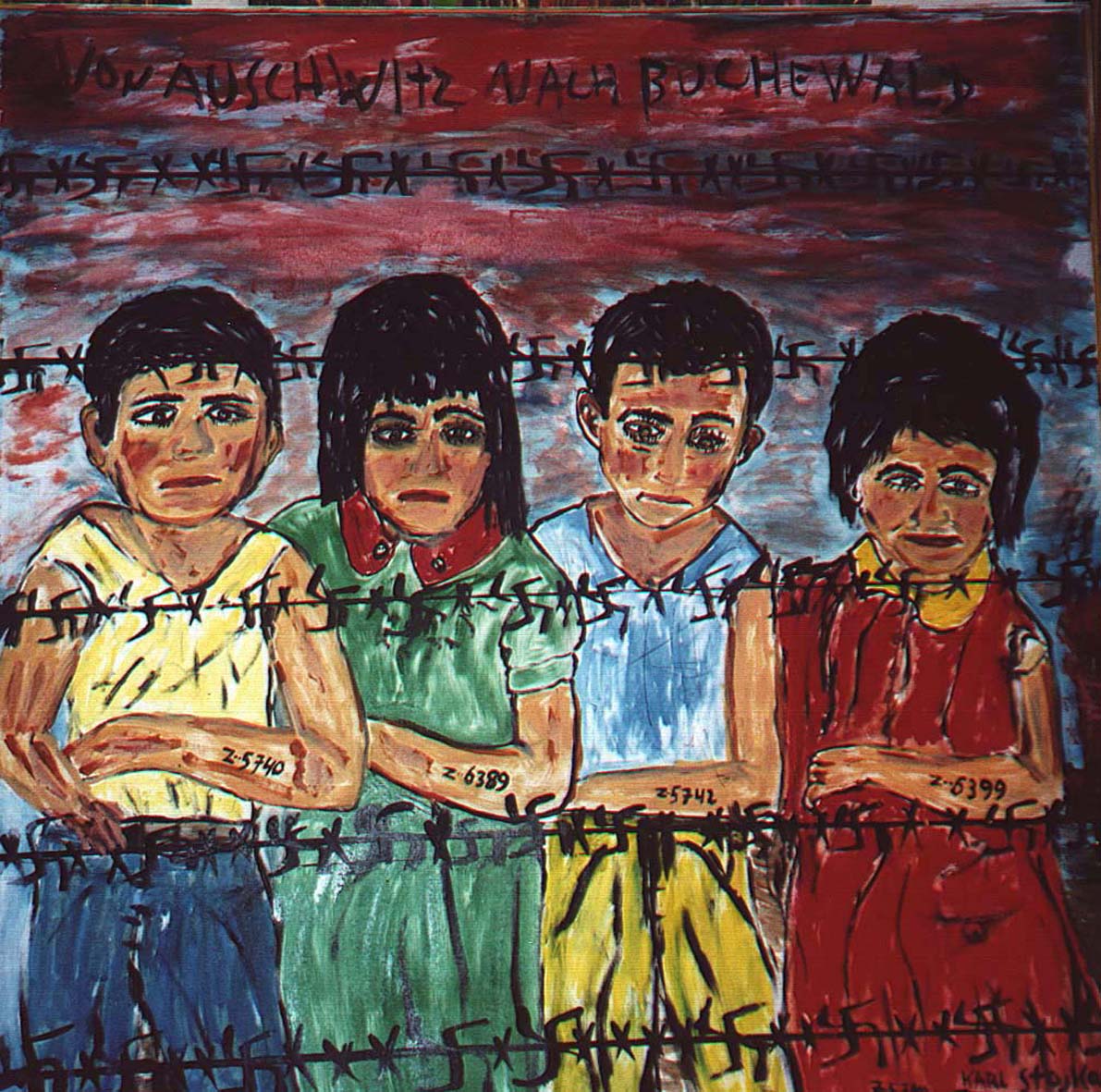
AS SEEN THROUGH THESE EYES
Conversation with Film Director Hilary Helstein, Los Angeles
ONLINE
VA, United States
In honor of UN Holocaust Remembrance Day, Hilary Helstein, director of the award-winning documentary "As Seen Through These Eyes" spoke with Rachel Stern, director and CEO of the Fritz Ascher Society New York, about the making of her documentary. As poet Maya Angelou narrates this powerful documentary, she reveals the story of a brave group of people who fought Hitler with the only weapons they had: charcoal, pencil stubs, shreds of paper and memories etched in their minds. These artists took their fate into their own hands to make a compelling statement about the human spirit, enduring against unimaginable odds. Featuring interviews with Simon Wiesenthal as he talks about his art, never before appearing in a film, [...]
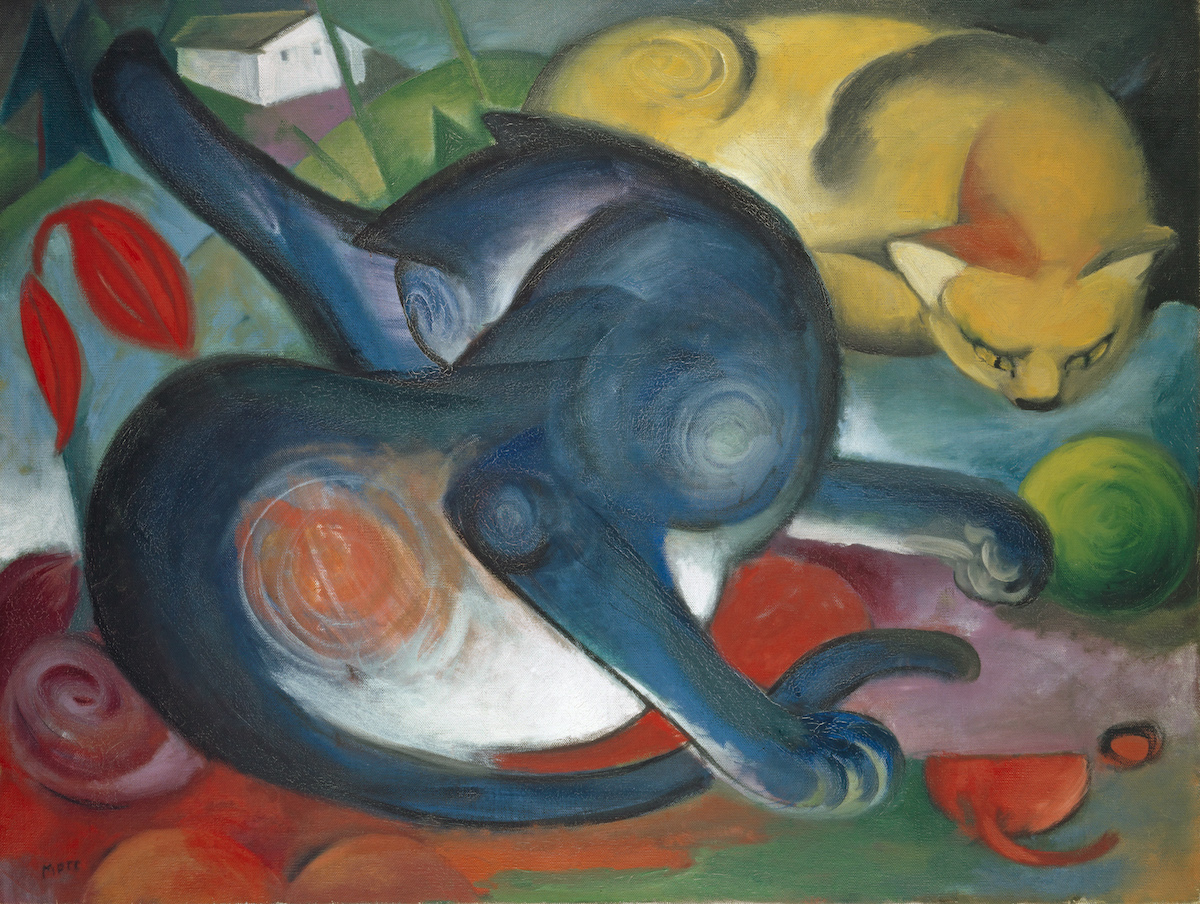
CASTAWAY MODERNISM. Basel’s Acquisitions of “Degenerate” Art
Presentation by Dr. Eva Reifert, Kunstmuseum Basel
followed by discussion with Rachel Stern
ONLINE
VA, United States
The Kunstmuseum Basel’s department of classic modernism houses one of the most prestigious collections of its kind. It was in fact assembled at a comparatively late date. In the summer of 1939 — shortly before the outbreak of World War II — Georg Schmidt (1896–1966), the museum’s director at the time, managed to acquire twenty-one avant-garde masterpieces all at once. The works were among those denounced in 1937 by Nazi cultural policy as “degenerate” and forcibly removed from German museums. The Third Reich’s Ministry of Propaganda correctly assumed that a portion of such works would find buyers abroad and bring in foreign currency. In this way certain artworks deemed “internationally exploitable” reached the art market via various channels. [...]
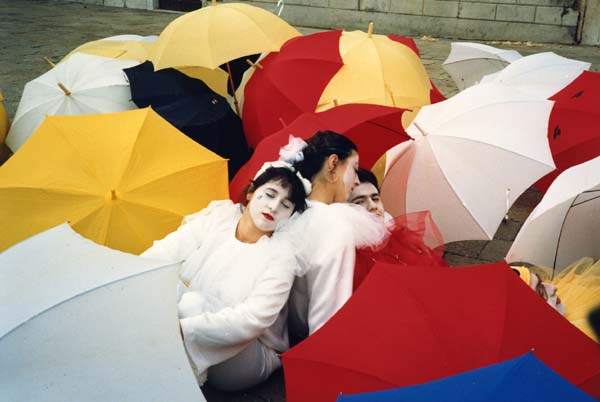
DOROTHY BOHM (1924-2023): A WORLD OBSERVED
Lecture by Monica Bohm-Duchen, London (UK)
ONLINE
VA, United States
Dorothy Bohm was born Dorothea Israelit in Königsberg, East Prussia (now Kaliningrad, Russia) in 1924 into an assimilated, affluent and cultured Jewish milieu. In 1932 her father chose to move the family to Memel (now Klaipeda) in Lithuania, but following the Nazi occupation of Memelland in March 1939, her parents decided to send their daughter, aged 14, to the safety of England, where she arrived in June 1939. She wasn’t to see her parents and sister again for over twenty years. Image above (appears as detail): Dorothy Bohm, Venice Carnival, 1987 © Dorothy Bohm Archive Dorothy Bohm, Self-Portrait, 1942, age 18. © Dorothy Bohm Archive Dorothy Bohm, Ascona, 1948. © Dorothy Bohm Archive [...]

“Sweet Kitsch, I can’t do that.”
Maria Luiko (1904-1941)
With Wolfram P. Kastner and Mascha Erbelding, both Munich (Germany)
ONLINE
VA, United States
The artistic work of Maria Luiko (1904-1941), born Marie Luise Kohn in Munich, is characterized by an impressive diversity. In addition to drawings, watercolors and oil paintings, she created prints using various printing processes and paper cuts, and designed book illustrations, stage sets and marionettes. Already during her studies at the local Academy of Fine Arts and her training at the School of Applied Arts she was included in exhibitions in the Munich Glass Palace (Münchner Glaspalast). Her career was brutally cut short by the Nazi regime. As a Jew, Luiko was not able to join the Reich Chamber of Fine Arts (Reichskammer der bildenden Künste), a Nazi organization founded in 1933. Without membership, she could not obtain work materials, [...]
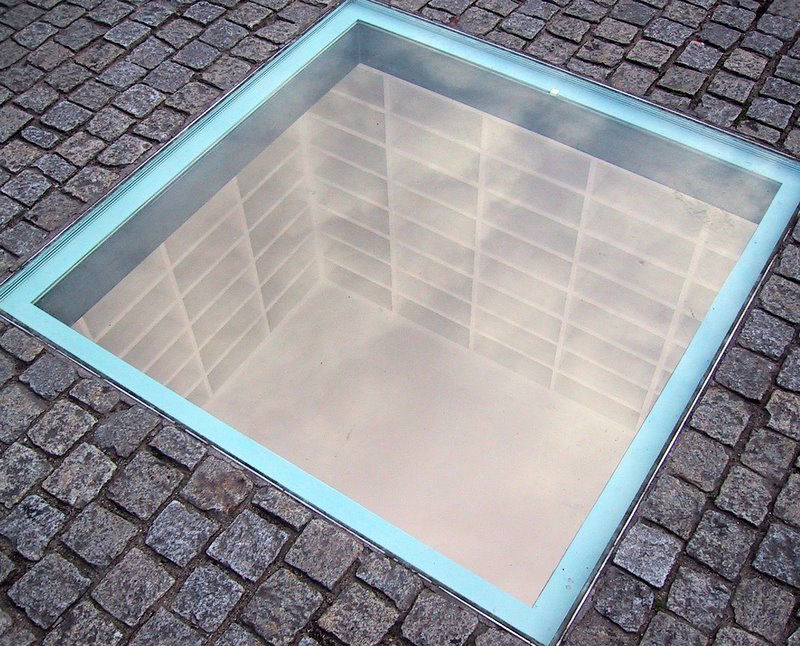
EARLY ISRAELI AND AMERICAN ARTISTS:
RE-VISIONING THE HOLOCAUST.
Talk by Ori Z Soltes, Georgetown University, Washington DC
ONLINE
VA, United States
In honor of Yom HaShoah, this talk by Georgetown University professor Ori Z Soltes focuses on three Israeli and three American familiar and unfamiliar artists working in very diverse styles and not typically thought of as focusing on the Holocaust. Each of them, however, has offered powerful reflections on the defining catastrophe of the twentieth century. Barnett Newman, the foremost verbal spokesman for the chromatic side of the abstract expressionist movement redefining American painting in the early 1950s, offers an unexpectedly intense reflection on the question of theodicy. Mordecai Ardon, in the process of assuming leadership of the Bezalel school in Jerusalem at around the same time, balances between abstraction and figuration in depicting the Nazi-engendered chaos. Yigal Tumarkin’s [...]

Benno Elkan (1877-1960)
and the Definition of Israeli Art
Talk by Ori Z Soltes, PhD
ONLINE
VA, United States
In honor of Yom Ha'azmaut, Israel's Independence Day, and this year's 75th anniversary of the establishment of the modern state of Israel in 1948, this talk by Georgetown University professor Ori Z Soltes addresses the question of what defines Israeli art and when it began to take shape. Is it made only by Israelis---then how did Elkan's Menorah become the consummate symbol of Israel when he never lived in the state? Did "Israeli" art begin with or before the birth of the state? How does this relate to the opening of the Bezalel School of Art in 1906--and closing by 1929, only to re-open years later? How does it relate to the question of defining Jewish art? Benno Elkan's stunning work, [...]
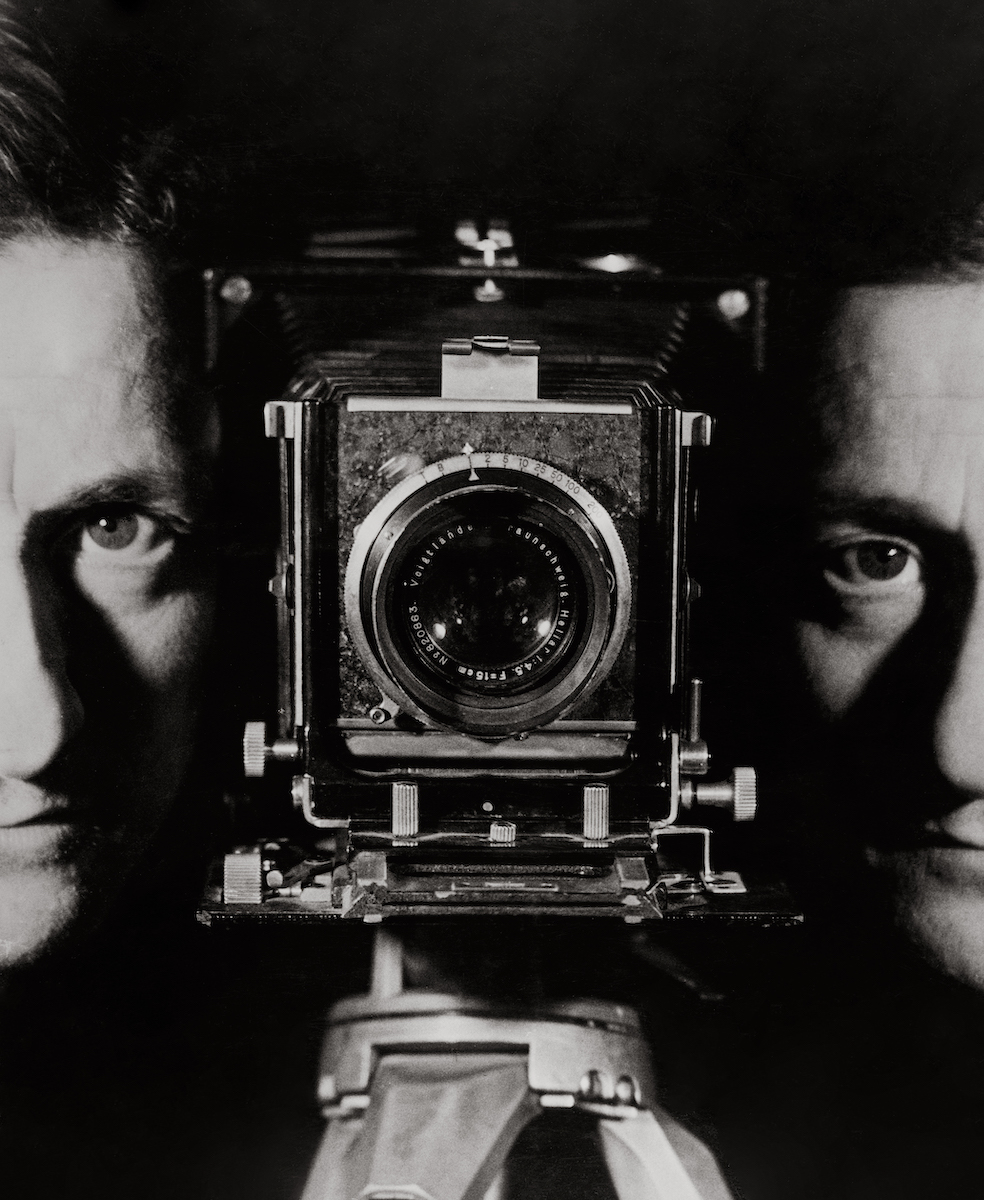
Erwin Blumenfeld (1897-1968), from Berlin to New York.
A life in photography
Talk by granddaughter Nadia Blumenfeld Charbit, Paris (France)
ONLINE
VA, United States
Photographer Erwin Blumenfeld (1897-1969) survived two world wars to become one of the world's most highly-paid fashion photographers and a key influence on the development of photography as an art form. An experimenter and innovator, he produced an extensive body of work including drawings, collages, portraits and nudes, celebrity portraiture, advertising campaigns and his renowned fashion photography both in black and white and color. In this talk, Paris-based granddaughter Nadia Blumenfeld Charbit gives her personal insights into the life and work of the photographer Erwin Blumenfeld. Introduced by Rachel Stern, director of the Fritz Ascher Society. Image above: Erwin Blumenfeld, Double Self-Portrait with Linhoff, Paris, 1938 © Erwin Blumenfeld Estate Born to [...]

Between America and France:
Varian Fry and the Rescue of Artists
Talk by Ori Z Soltes, PhD
ONLINE
VA, United States
With a belated reminder of the proximity of the American and French Independent Day celebrations, this talk focuses on the artists’ Schindler, the American journalist, Varian Fry (1907-1967). Using methods both legal and not, Fry managed to rescue some 2,000 individuals from France between 1940 and 1941. France had become largely swallowed up by Nazi Germany, the “free” parts in Southern France (Vichy France) were not necessarily unreluctant to assist with the deportation of Jews into Nazi-held territories, and the US immigration policies were far from open-handed to those seeking refuge. Who was he and who were some of those he helped—or in some cases, could not help—to escape destruction? Lecture by Ori Z. Soltes, introduced and moderated by [...]
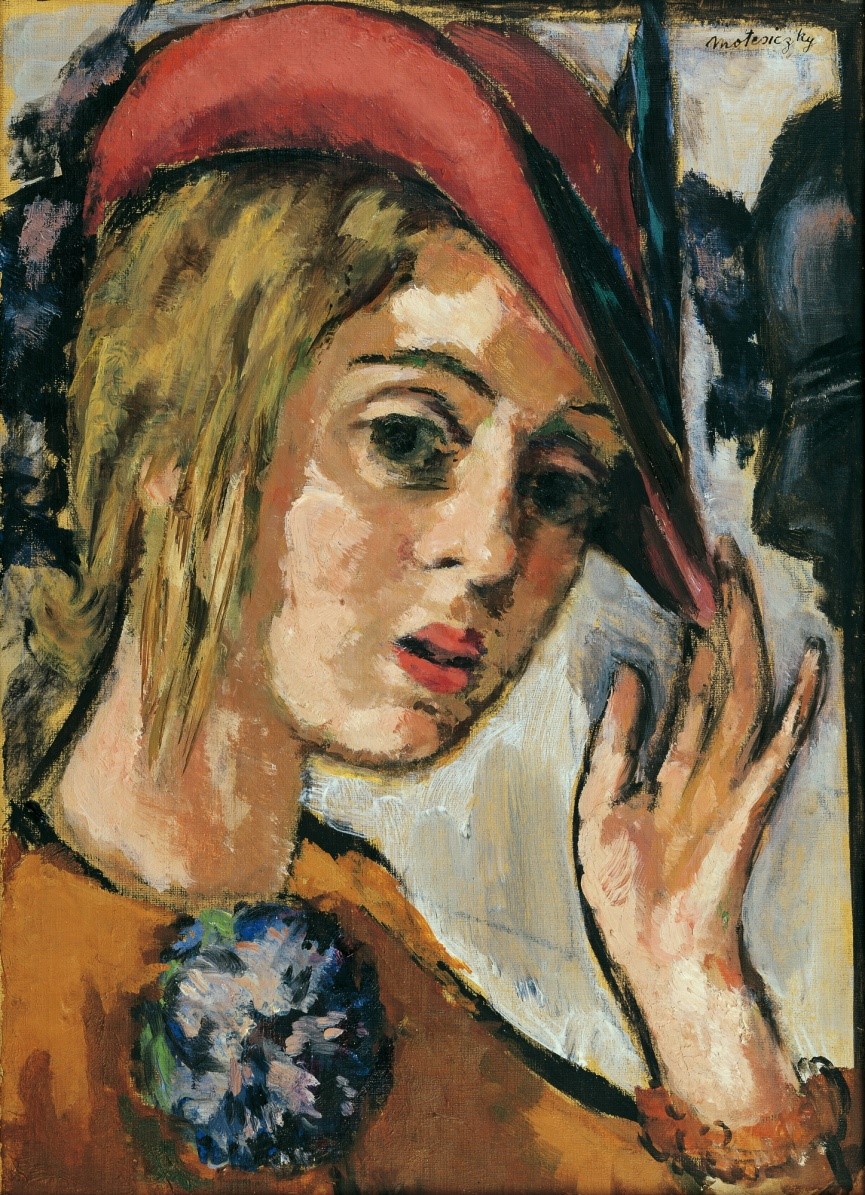
A Painter in Search of an Audience:
Marie-Louise von Motesiczky in Exile
Talk by Ines Schlenker, London
ONLINE
VA, United States
Marie-Louise von Motesiczky was born into a wealthy, aristocratic Jewish family in Vienna in 1906. She trained under the German painter Max Beckmann, a family friend, and embarked on a promising career. When the National Socialists marched into Austria in 1938 Motesiczky fled the country for the Netherlands, eventually settling in England. Her attempts to build a new life in a foreign country were supported by a network of fellow émigrés, among them the painter Oskar Kokoschka and the writer Elias Canetti, with whom she had a long relationship. Lecture by Ines Schlenker, introduced and moderated by Rachel Stern. Image above: Self-Portrait with Red Hat, 1938 (Private Collection) ©️Marie-Louise von Motesiczky Charitable Trust 2023 [...]
